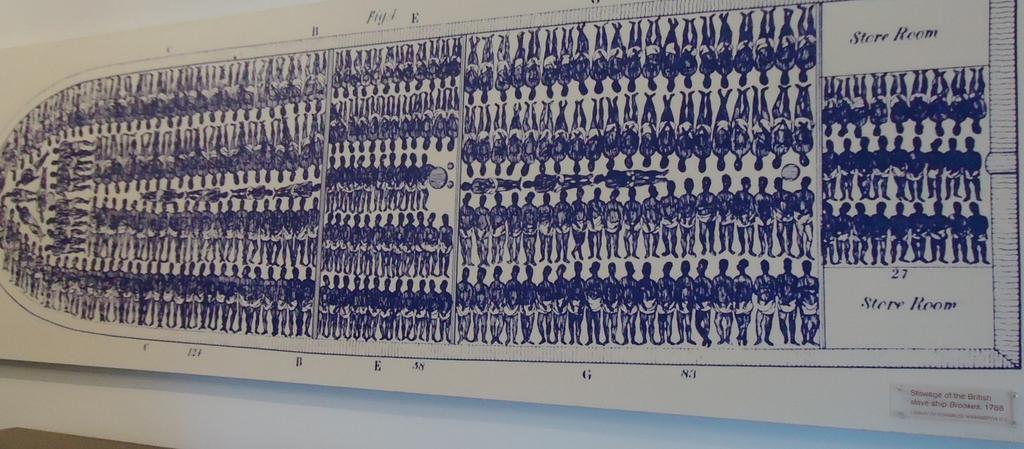Near the end of last year, Margie, Anita, and I took a day away by visiting Redwing, a lovely historic town on the Mississippi River about 50 miles south of our home. We ate lunch at the Staghead, long a favorite. We browsed at the UffDa Shop, where Anita found delightful long taper red and white candles with the inlaid image of a gnome to go with the gnomes she and Margie have felted that look down on us from the fireplace mantel. And we found a box of “Nordic Sweets,” chocolate covered licorice sticks that she loved.
Then we stopped in at Fair Trade Books because, of course, though our bookshelves are overflowing, one can never have enough to read. It’s a lovely independent bookstore, and the proprietors met us as we entered with a warm welcome. Had we been there before, they asked, and when we said No, they responded that first time visitors were gifted a free book. They talked to each of us in turn, asking about recent books read and interests. I said I had been reading to fill in the gaps of the American story that my education had skipped. The proprietor disappeared into the stacks for a few minutes, reappeared, and handed me Black Cargoes: A History of The Atlantic Slave Trade. “A gift from us to you,” he said, with a smile.
Because I love books—not just to read but the physical object itself—this paperback held a certain printed charm. It dates to the original press runs and has the original price printed on the cover: $1.85. Its lively and well-told story, spanning 1518-1865 however, is horrific beyond imagining.
Since Black Cargoes was published in the Sixties, it is dated. Acceptable terminology has changed since then, and it could be that further research has updated some of the data—dates, numbers, persons—that Mannix reports. I was impressed, however, at how the author relies on ship’s logs, court and legislative testimony, invoices of sale, and publications written by those involved in the trade. It is well researched, without becoming pedantic and dry, and the author’s careful prose reveals the wickedness involved without preaching.
The Atlantic slave trade was an international commerce; Portugal, Holland, Spain, England, America, African kings, and the Arab nations were all involved. It was so profitable that even with the death of thousands of slaves in the ocean crossing from disease, malnutrition, floggings, repeated rapes, and cruelty, they would still make a profit. The story is one of human greed systematically killing human compassion and conscience, even among “pious Christians.” And sadly, Americans stayed in the trade even after it was banned as illegal and continued to deny that all “are created equal” for the sake of prosperity.
Possibly the most colorful of the early slavers was Captain John Hawkins, who later played an important part in the defeat of the Spanish Armada. Hawkins, born in 1532, was bred to the sea as an Arab is born to the desert. His father was a merchant captain who had been to Guinea [in Africa] and who, during the long winter evenings, would tell the boy what he had seen: the endless beaches lined with waving palms, the great surf that threw spray as high as a galleon’s crosstrees, the murky rivers full of crocodiles as big as a ship’s longboat, and the naked blackamoors [slang for black Africans] who traded gold dust and elephants’ teeth [tusks] for tawdries and trinkets. The blackamoors themselves would fetch a good price in Hispaniola or the Spanish Main. Alas, the slave trade was controlled by Portugal, backed by the power of imperial Spain. What a pity that this path to riches was blocked by foreign Papists!
Young Hawkins’ first voyage to Guinea was in 1562. He commanded a little squadron of “private” ships (not sailing under government orders), whose combined crews numbered fewer than a hundred men. ‘Partly by the sword and partly by other means,” as he put it, Hawkins acquired three hundred Negroes. He exchanged them in Hispaniola for a cargo of hides, sugar, ginger, and “some quantitie of pearles.” With amazing effrontery Hawkins sent some of his cargo to be sold in Spain, but the authorities seized it because of his illegal raid on Guinea. In spite of this loss, he still showed a handsome profit on the voyage.
When Queen Elizabeth heard of Hawkins’ slaving venture, she said “It was detestable and would call down vengeance from heaven upon the undertakers.” Hawkins went to see the queen and showed Her Majesty his profit sheet. Not only did she forgive him but she became a shareholder in his second slaving voyage. That was in 1564, and Hawkins then had four vessels. Before setting out he issued his famous sailing orders, which became a tradition in the British Navy: “Serve God daily, love one another, preserve your victuals, beware of fire and keep good company.” [p. 21-22]
Mannix is both a careful historian and a superb storyteller. This makes Black Cargoes accessible reading. The book also lays to rest a number of the vile myths that circulate to this day: that life as a slave was an improvement over free life in Africa, that slavery was good for black Africans, that slave traders had economic reasons to treat their cargo humanely onboard ship across the ocean, that the racism that underlay slavery was limited to a few individuals in the American South, and that the American Civil War was fought not over slavery but state’s rights.
As I read Black Cargoes, I realized afresh how comfortable and free my life is. A day off in a pleasant river town, a fine lunch with people I love dearly, a free book, and a comfortable ride back home. All that must translate into a life of gratitude, truth-telling, joy, generosity, a passion for justice, and an unwillingness to remain silent.
Book recommended: Black Cargoes: A History of the Atlantic Slave Trade, 1518-1865 by Daniel P. Mannix in collaboration with Malcolm Cowley (New York, NY: Viking Press; 1962) 287 pages + bibliography + index.
Photo credit: In the Public Domain from Free-Images.com



